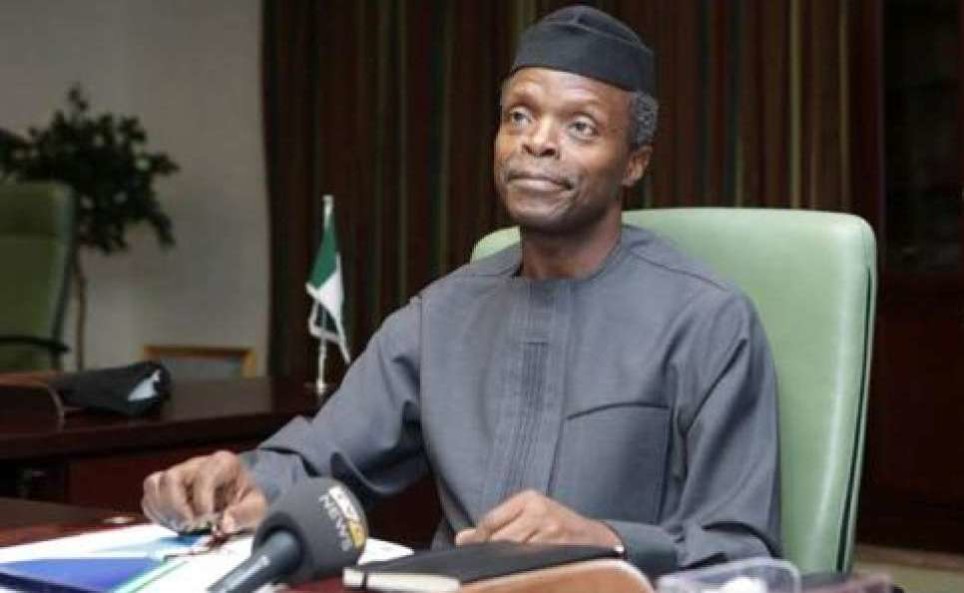Attaining macroeconomic stability with ERGP

The recently launched Economic Recovery Growth Plan (ERGP) of the federal government is perhaps the most ambitious economic recovery programme of any government in recent memory.
The plan, which covers the period from 2107 to 2020, is designed to, among other objectives, enhance the country’s economic recovery, and also serve as the much needed catalyst for growth and sustainable development.
It has been widely acknowledged that the problem with Nigeria has never been a dearth of ideas or lofty programmes.
Successive governments have had the benefit of having experts draw up beautiful programmes that were capable of lifting the country out of the economic wilderness in which it has been for decades, and setting it on the path of recovery and growth.
The problem has always centred on implementation.
Indeed, if half of the economic recovery programmes of past administrations had been painstakingly implemented to the letter, the country would probably be better off today.
Necessity is the mother of invention, so the old saying goes.
The current recession presents the best opportunity for the country to re-order its steps and think outside the box for solutions that would put paid to the problems that militate against its economic growth.
We can safely say that the launch of the ERGP is a step towards that direction. It took a while in coming, but it’s never how long, but how well.
The ERGP seeks to achieve macro-economic instability through a steady and sustainable coordination of the country’s monetary and fiscal policies, including fiscal stimulus.
It will also align monetary, fiscal and trade policies to ensure a more favourable balance of trade with the country’s trading partners. It can be recalled that at the time the country slid into recession last year, and up to the early part of the first quarter of this year, the naira was heading towards exchanging at 500 to the dollar.
Needless to mention, industries had begun to close down following difficulties in accessing foreign exchange for the imported components of their businesses. The cost of imported products skyrocketed.
On a social level, parents could not pay school fees for their children schooling abroad, while medical trips could no longer be embarked upon by those that needed them.
Now, with the exchange rate not going above N365 to the dollar, there has been a considerable improvement in the performance of manufacturing companies.
It won’t be long before the effect of the relatively better exchange rate begins to reflect on the prices of goods, especially imported goods and locally made goods with foreign inputs.
There is now relative ease in the purchase of foreign exchange for educational and health purposes. With interest rate hovering around 14 per cent by The Central Bank of Nigeria its March MPC 2017 meeting, the cost of borrowing is still high in a country that urgently needs economic growth that would be driven by small and medium scale enterprises.
One of the cardinal objectives of the ERGP is reduction of the cost of borrowing, to enable small and medium enterprises to have access to funds, since they are the drivers of economic growth that the plan envisages.
This would in turn contribute to generation of employment, to encourage socio-economic inclusion.
The current inflation rate though slightly eased stands at 17.78 per cent as at March is still a far cry from the 10 per cent projected by CBN for 2020.
The ERGP will create an environment that guarantees single-digit inflation, one with stability in prices of goods and services.
There is no doubt that the government will need a lot of resources to be able to implement the growth plan it has designed, especially in critical areas that are expected to stimulate growth.
The search for new sources of revenue other than oil will include new initiatives for revenue generation and its sustainability.
The ERGP encourages investment in the non-oil sectors of the economy, such as agriculture and solid minerals, as well as infrastructure.
Apart from opening up new vistas for revenue generation, investment in these sectors would generate employment and thus encourage social inclusion.
The ERGP looks to be a departure from what has been the norm, with its target of 2020 for achieving the objectives it has mapped out.
The objectives of the new growth plan, which targets a growth rate of seven per cent by 2020, include restoration of economic growth with a strong non-oil sector as the pivot; investment in people through job creation, and building of a competitive economy with a macroeconomic environment that is investor-friendly. Achuzia, a public affairs analyst, is resident in Lagos.









0 Comments